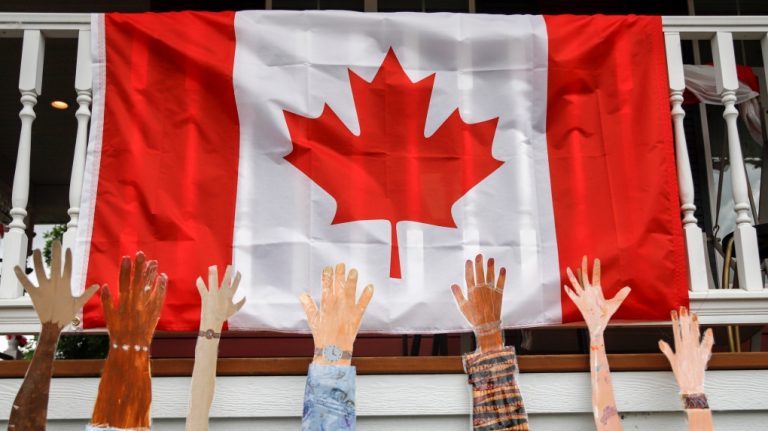Here in Ontario, we use an electoral system called “first past the post”(FTTP). However, I believe this system does not do a good job of representing the citizens of Ontario or the country at large. I believe that Dual Member Proportional (DMP), a different type of electoral system is more suitable and I’d like to explain why.
When using FTTP, parties run one candidate in each riding/constituency. The candidate who obtains the majority of votes in a riding is elected to represent that constituency in parliament. After each riding has elected a member, the party with the most members elected forms the government. FTTP poorly represents the political interests of Ontarians.
Consider the following example. 5 Candidates are running for election in the riding “Northwest Giraffeland”. The 5 candidates are Marlow from the Rain party, John from the Snow party, Nicole from the Hail party, Jane from the Lighting party, and Ryan from the Thunder party. Marlow receives 28% of votes, John receives 15% of votes, Nicole receives 20% of votes, Jane receives 16% of votes, and Ryan receives 21% of votes. Under FTTP, Marlow from the Rain party receives the majority of votes, so she is elected in “Northwest Giraffeland”. Marlow is elected even though 72% of people who voted wanted someone else to represent them in Parliament. This poorly represents the political desire of the people in “Northwest Giraffeland”. Under FTTP, small parties and independents have very slim chances of being elected. Voters face that reality and elections eventually become 2-3 party systems. Making the other parties irrelevant.
When using Dual Member Proportional meanwhile, ridings would have two representatives instead of one. Two neighbouring ridings are merged to keep the number of representatives in parliament the same as the current system. A DMP ballot will look slightly different than an FPTP ballot. Parties can run 2 candidates in each riding. The first representative is elected using the same method as used in FPTP. The candidate with the most votes is elected.
The second candidate of round 1’s winning party has its votes divided by 2. Secondary candidates for all other parties are eliminated. Now there is a threshold for candidates to move on. This threshold depends on the local election agency/government. Any candidate with less than that threshold is eliminated. An independent can win if they are in 1st or 2nd place. If an independent is in 3rd place or lower, they are eliminated.
After elimination, to determine the second representative we look at the popular vote. The DMP system determines how many seats a party should win by using the popular vote percentage they received. Subtracting how many seats they should receive by how many they did receive. This tells us how many seats should now be allocated to each party (for the second representative).
Consider the following example: (If total votes = 20000)
| FIRST REPRESENTATIVE | SECOND REPRESENTATIVE | ||||
| Marlow, David from Rain | 5600 | Ryan from Thunder | 4200 | ||
| John, Archie from Snow | 3000 | Nicole from Hail | 4000 | ||
| Nicole, Allison from Hail | 4000 | Jane from Lightning | 3200 | ||
| Jane, Lorelai from Lightning | 3200 | John from Snow | 3000 | ||
| Ryan, George from Thunder | 4200 | David from Rain | 2800 | ||
The first representative in Northwest Giraffeland is Marlow from the Rain party. The second representative depends on the popular vote in all of Giraffeland.
As I see it, DMP is more democratic than FPTP. Democracy is not just “majority wins”. Democracy is fair, inclusive, and proportional.
Parties such as the NDP and Green Party are significantly fuelled by youth activism. The NDP and Green Party would benefit greatly from a switch to DMP, as FTTP favours a two-party system (Liberal and Conservative). In this respect, FTTP is a barrier to youth engagement.
FTTP is a barrier to youth engagement. The NDP and Green Party receive most of their uplift from youth. FTTP favours a two-party system (Liberal and Conservative) which is a disadvantage for the NDP and Green Party. Therefore, the views of Ontarian youth are neglected.
While I do think First Past the Post is simpler, Dual Member Proportional is more equitable and engaging while better serving the needs of the constituencies.
Electoral Reform is an issue in Ontario.



